Nam Dam Village Cultural Museum: Journey Into The Heart Of Dao Culture
Nam Dam Village Cultural Museum is a cultural gem in the heart of Ha Giang, offering travelers a deep dive into the rich traditions and daily life of the Dao people. Let’s MOTOGO Tours discover authentic architecture, unique handicrafts, and vibrant community life in this scenic mountain village.
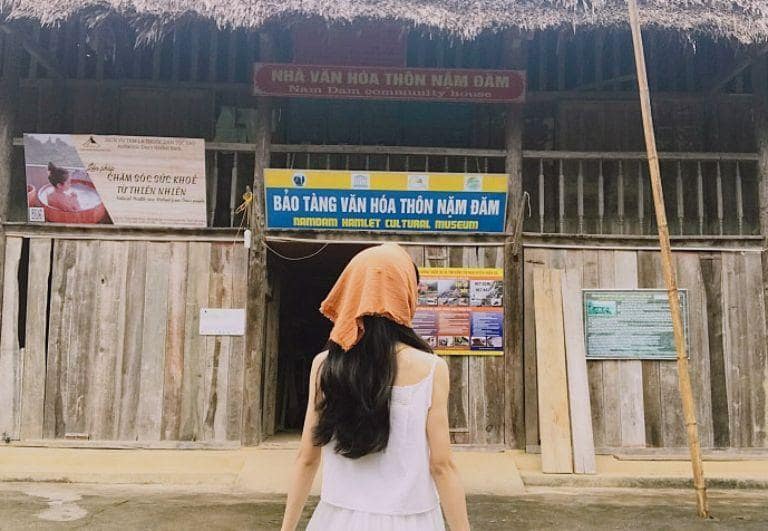
Overview Nam Dam Village Cultural Museum
Situated in Nam Dam Village, a charming town tucked away in Quan Ba District in Ha Giang Province, Vietnam, is the Cultural Museum of Nam Dam About forty kilometers separate the town from Ha Giang City, a drive through breathtaking hilly terrain.
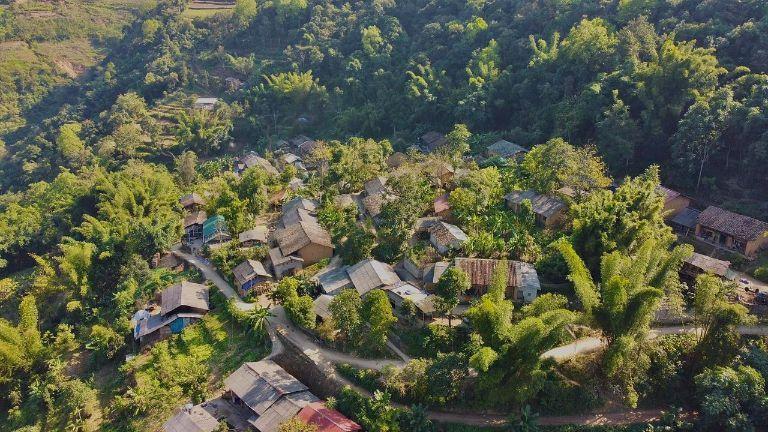
Established to highlight and preserve the rich cultural heritage of the Dao Cham ethnic group, the museum has been a centerpiece of community-based tourism since 2011. Nam Dam Village, with a population of 235 people across 52 households, is home to a close-knit community where all residents are part of the Dao Cham ethnic group.
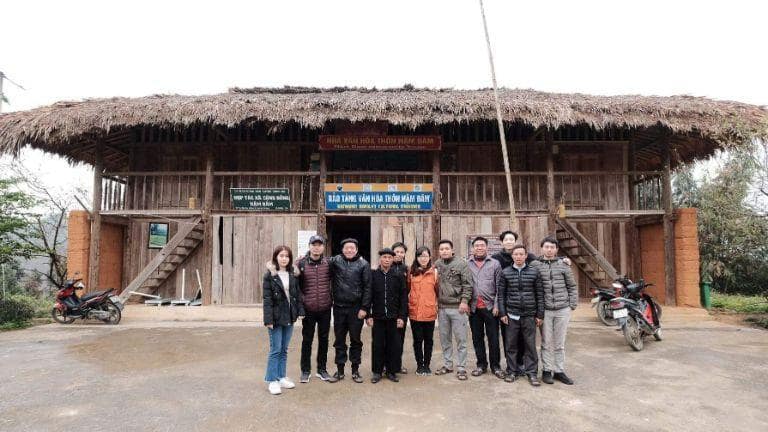
One of the unique features of Nam Dam Village is its “Dao Homestay” accommodations. These homestays offer an authentic experience of Dao Cham culture, allowing guests to stay in traditional homes that have been recognized for their quality and cultural value.
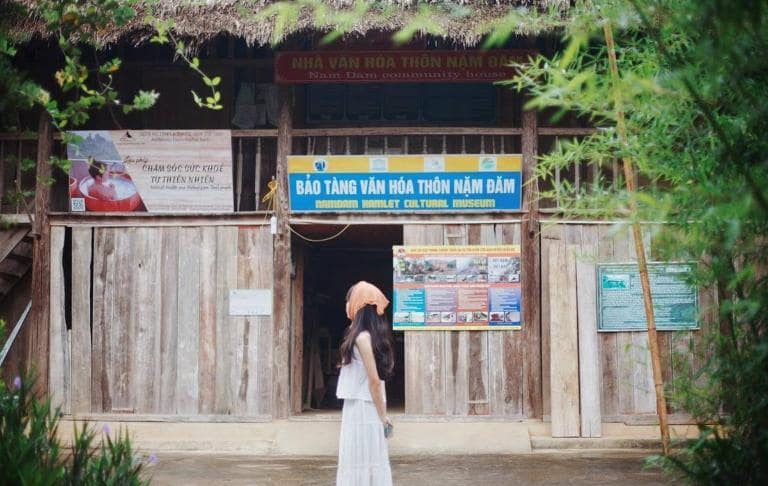
In fact, the Secretary-General of ASEAN and the national Minister of Tourism have awarded the “ASEAN Homestay Standard” to Dao Homestay, making it one of the most reputable community-based accommodations in the region. This recognition has attracted hundreds of thousands of visitors to Nam Dam Village each year, contributing to its growing popularity as a cultural tourism destination.
Exploring Nam Dam Village Cultural Museum
Exhibiting relics, clothing, and traditional equipment the Dao people utilized for millennia, the Nam Dam Village Cultural Museum forms the center point. Every display offers understanding of the daily life and customs of this amazing civilization.
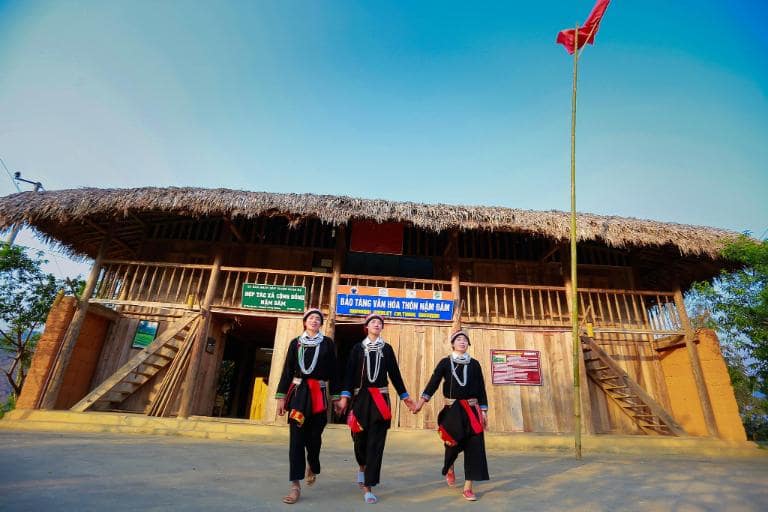
Traditional Dao Houses
Built to reflect the Dao Cham people’s practical necessities as well as their cultural legacy, traditional Dao dwellings in Nam Dam Village are architecturally distinctive Usually composed of locally sourced materials including clay, bamboo, and wood, these houses feature unique three-compartment construction.
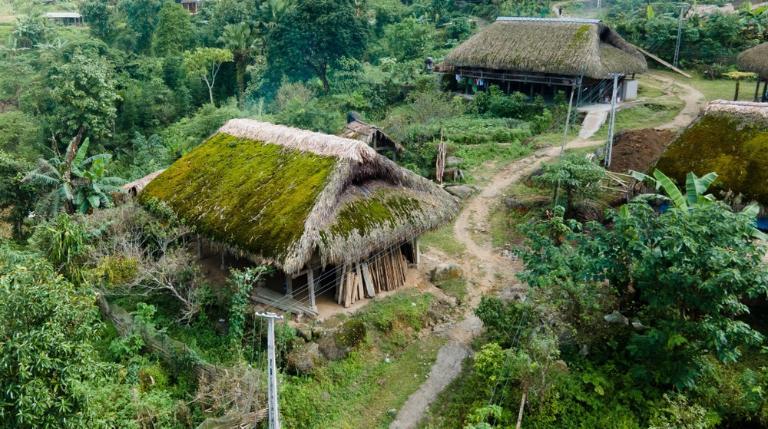
The central room serves as the heart of the house, often holding a sacred altar to honor ancestors and featuring a gathering space for family activities. This space is flanked by two smaller rooms on either side, usually used as bedrooms or storage.
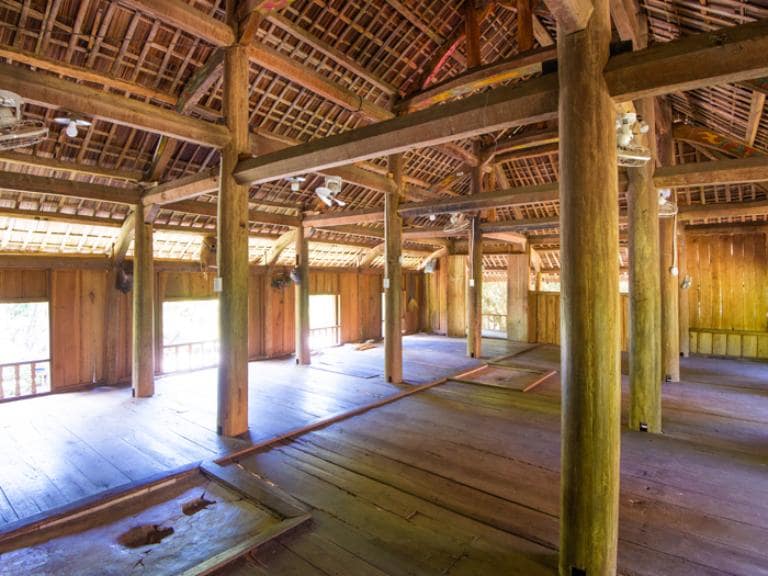
The dwellings are elevated on robust wooden pillars, a design that keeps out wildlife and helps insulate the building from the chilly, damp earth. The roof, constructed from thick layers of either thatch or bamboo, is also rather noteworthy.
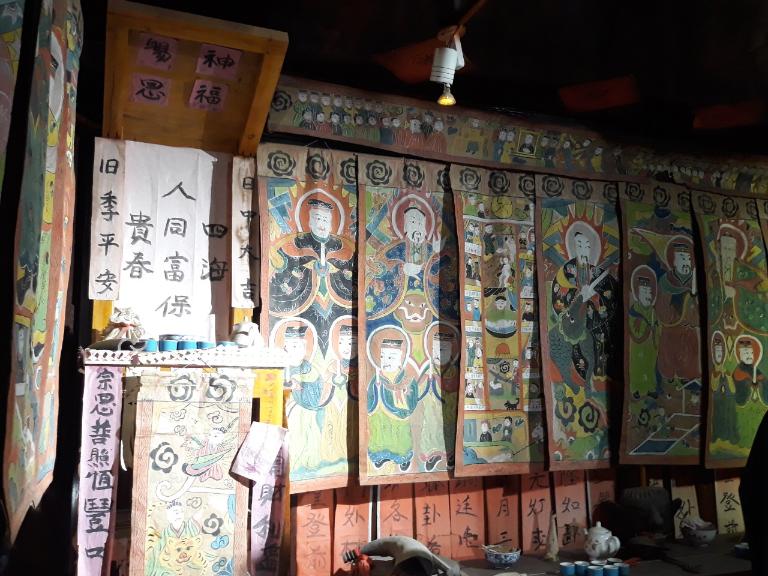
Inside, complex carvings and wooden beams highlight the Dao people’s workmanship, therefore augmenting the artistic touch to the home’s use. Many of these homes are still maintained now and used as Dao homestays so that guests may really experience this classic architecture
Customary Costumes and Handcrafted Craftsmen
The Dao Cham people are renowned for their complex traditional attire, which are reflections of history, artistry, and identity rather than only clothing. Visitors of the museum can view vibrant Dao clothing adorned with culturally significant red, blue, and white themes.
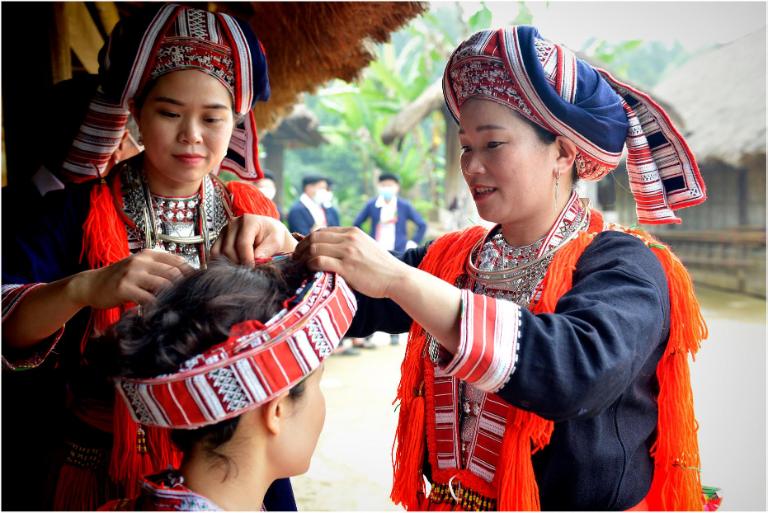
Every color and thread in their clothing has cultural meaning and is painstakingly created to show complex designs that represent blessings, protection, and relationship with their ancestors. Mostly worn during celebrations and special events, these garments are a natural component of the cultural expression of the society.
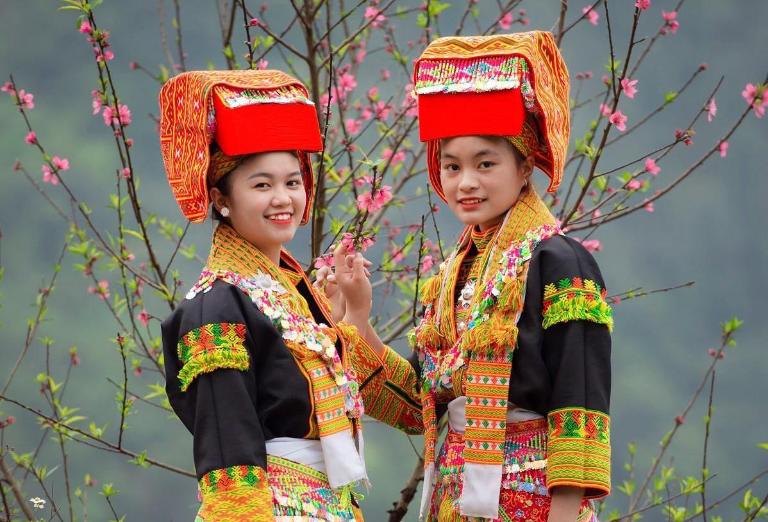
Apart from their conventional attire, the Dao Cham people are expert handcraft artists. Often utilized both for daily chores and ceremonies, the people make handwoven baskets, bamboo tools, and ceremonial accessories. Many times, visitors to the village have the chance to see or even engage in handicraft-making, thereby carrying home mementos that reflect Dao Cham tradition.
Features of Dao ethnic group culture
The museum and surrounding village provide an authentic setting to observe and participate in various cultural aspects that highlight the Dao Cham’s values, beliefs, and lifestyle.
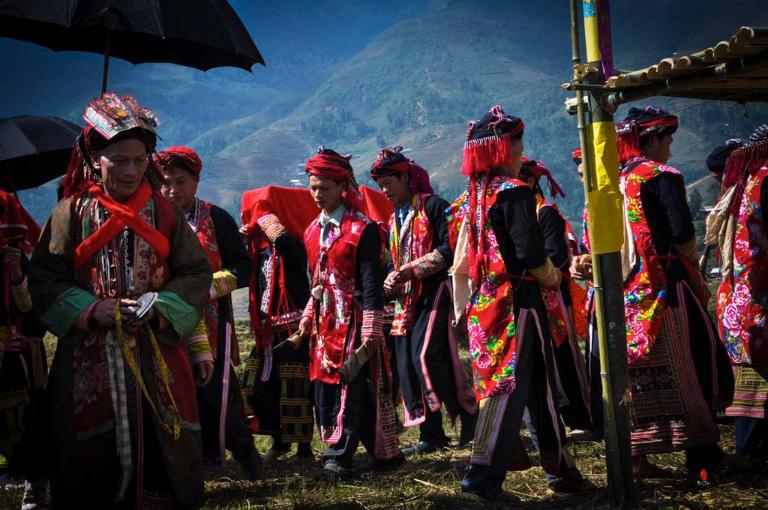
Ancestral worship, a habit ingrained in daily life and social events, is the core of Dao civilization. The museum exhibits ceremonial relics used in ancestor worship, symbolic offerings, and ancient altars. Viewed as times to commemorate and interact with their ancestors, visitors can also learn about the customs carried out during significant family occasions including births, marriages, and deaths.
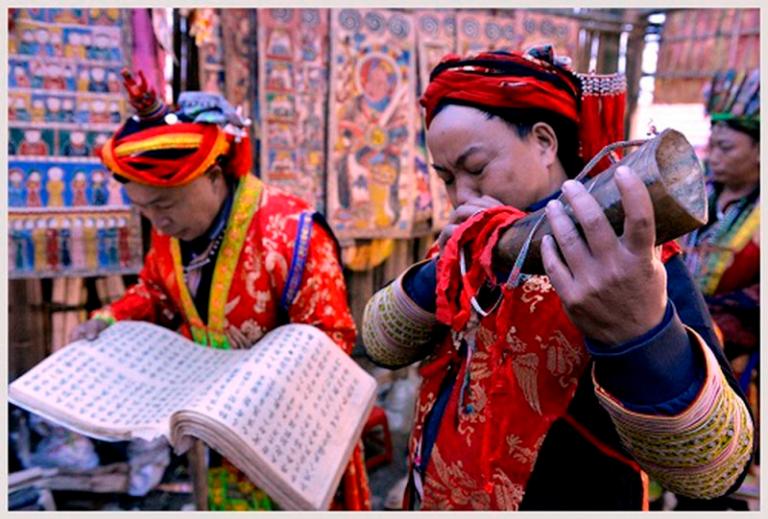
Dao culture revolves on celebrations, which the museum offers a window into some of the most important ones including the Dance Festival and Cap Sac Festival. Visitors may personally see these celebrations or view displays and explanations for their significance during some periods of the year.
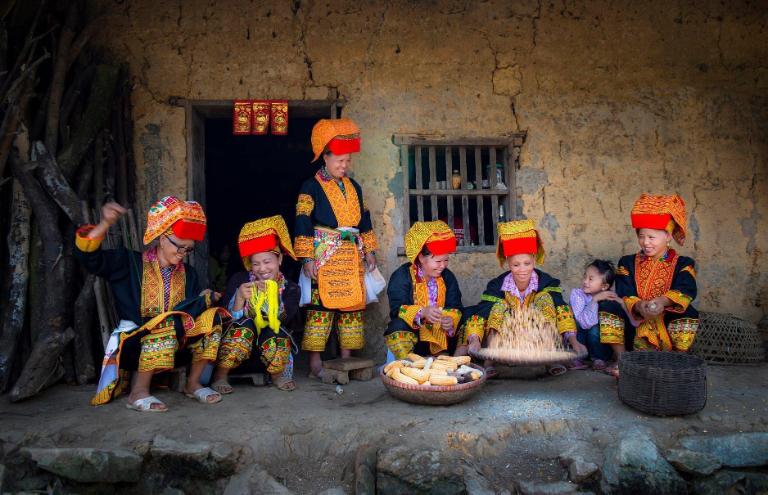
Rich in oral traditions, folk songs, and proverbs, many of which are utilized to transmit education, history, and cultural values, the Dao language is often sung during celebrations and public events, recorded Dao folk tales and songs are available for listeners at the museum. These tales expose Dao Cham ideas, moral precepts, and their strong relationship with the environment.
Visitor Tips for Nam Dam Village Cultural Museum
Nam Dam Village is an extraordinary destination for those looking to dive into the cultural depths of the Dao ethnic group and enjoy a peaceful retreat in a scenic mountain setting. Here are some essential tips to make the most out of your visit, from getting there to planning your trip essentials.
Getting to Nam Dam Village
Nam Dam Village is located in Quan Ba district, Ha Giang province, approximately 45 kilometers from Ha Giang City. Here’s what you need to know about reaching this secluded yet accessible cultural site.
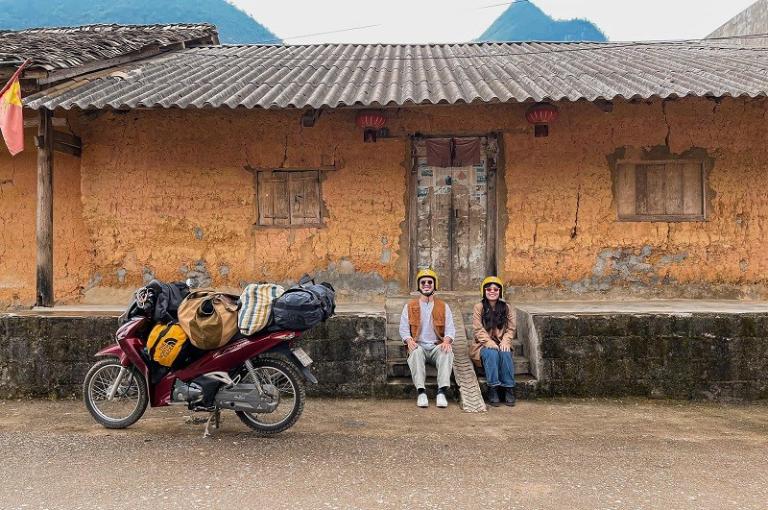
The most popular way to travel to Nam Dam is by car or motorbike, as the journey itself provides scenic views of Vietnam’s mountainous landscapes. If you are not good at driving on mountain passes. But still want to experience the feeling of freedom on cars. Come join the Ha Giang Loop Tours.
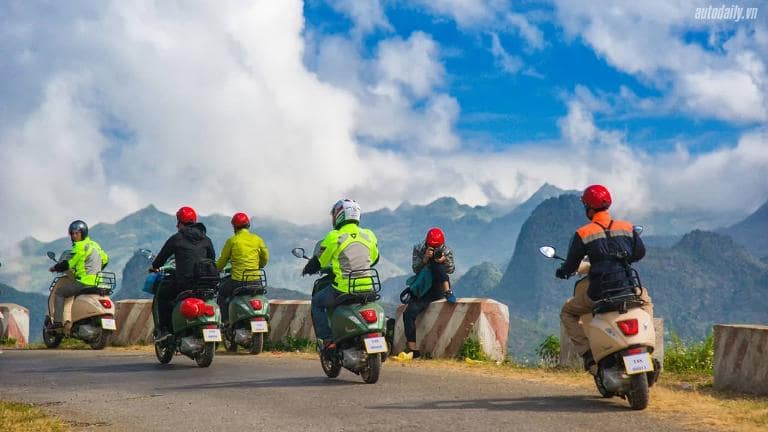
For those unfamiliar with the area or looking for convenience, guided tours from Ha Giang often include transport to and from the village. These tours also provide insights into the region and the Dao culture along the way, which adds a layer of understanding to the journey.
Ideal Visit Time
Though the experience might change drastically depending on the season, Nam Dam Village gains a different appeal every one of them. This information will assist you in deciding when would be ideal for your visit.
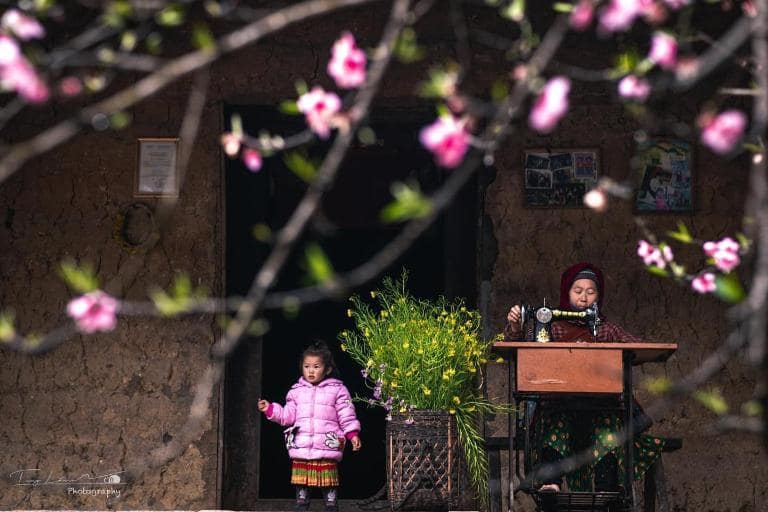
Ideal for outdoor exploration and photography, spring (March to May) presents cool and pleasant temperature. Wildflowers abound in the village, which is in full bloom, and traditional celebrations are more frequent so that guests may see the vivid Dao people customs.
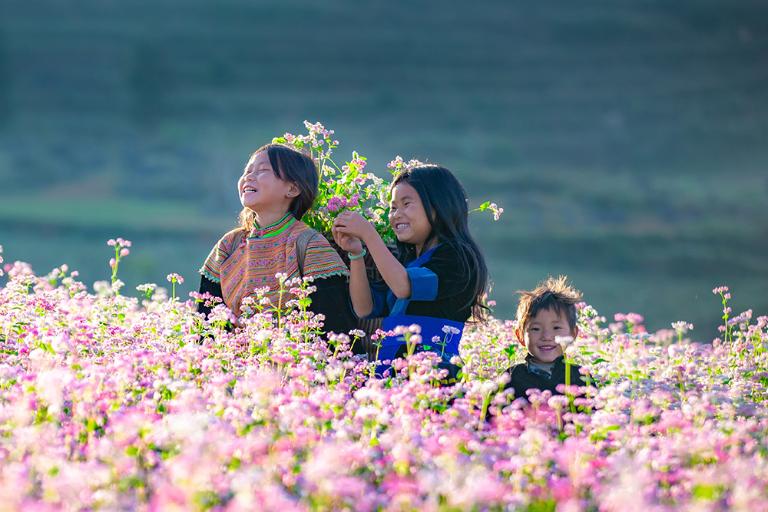
Because of the mild temperatures and dry conditions, autumn—September through November—is another great time to come. Photographs and environment enthusiasts alike will find the beautiful sight created by the golden, ready for harvest rice fields around Nam Dam captivating.
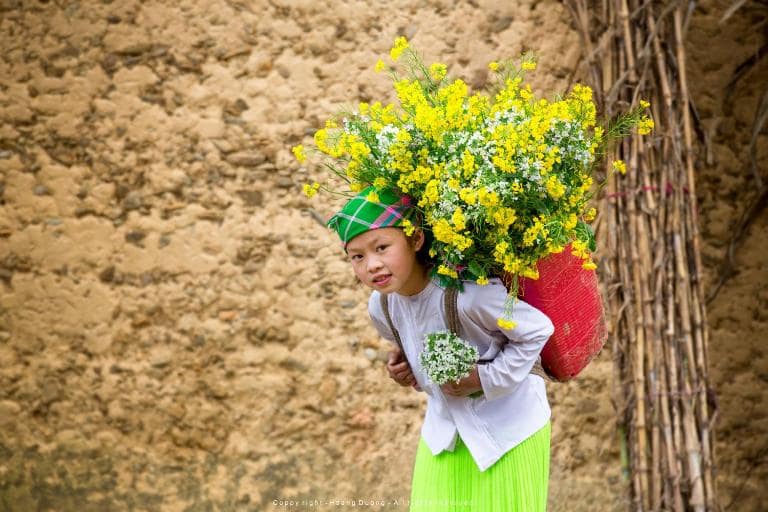
Winter (December to February) presents a quieter and more peaceful atmosphere even if it might be somewhat chilly with evening lows. During the Lunar New Year celebrations, you could also see customary rites as families honor ancestors.
Of what should you pack?
Comfort and enjoyment can be much improved by carefully choosing the appropriate travel gear. These absolutely must-have items will help you on your trip to Nam Dam Village.

- Warm Clothing: Given mountain temperatures, particularly cool in the evenings, pack layers.
- Walking on village paths and surrounding trails calls for comfortable shoes.
- Camera and Power Bank: Record scenes and culture; a power bank keeps tools accessible.
- Repellent for insects: handy, especially in wet seasons.
- Respectful Clothing: Especially in cultural locations, modest wear is valued.
Combining old rituals with natural beauty, Nam Dam Village Cultural Museum provides a special window into the Dao people’s legacy. This town welcomes visitors to enjoy real culture and friendly hospitality amid calm mountains.
Related Posts:
- Lo Lo Chai Village: A Tranquil Retreat at the Nation’s Frontier
- Thon Tha Village: A Serene Haven at the Foot of Tay Con Linh
- Pa Vi Village: A H’Mong Cultural Haven in Nature’s Embrace
- Thien Huong Village: The Century-Old Ancient Village at the Nation’s Edge
- Tay Con Linh Peak: Explore The Roof Of Northeast Vietnam

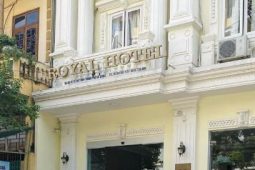

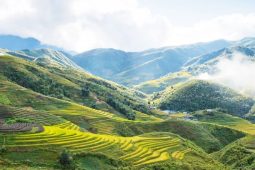

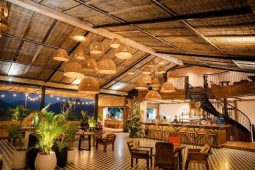
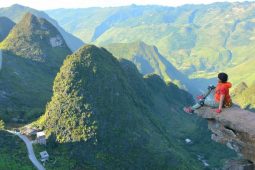
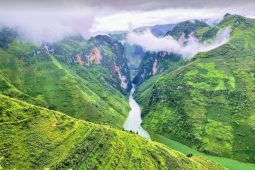

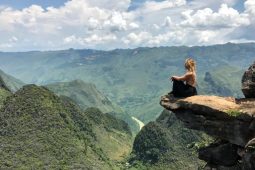
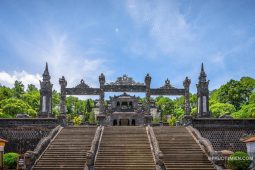
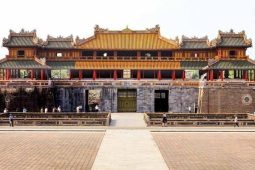

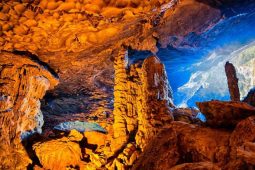
Be the first to comment!